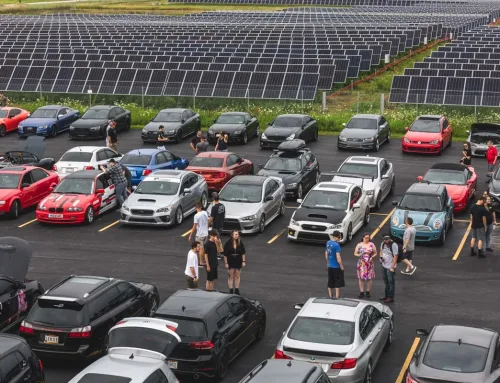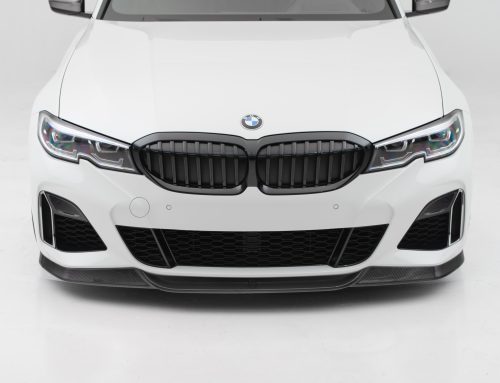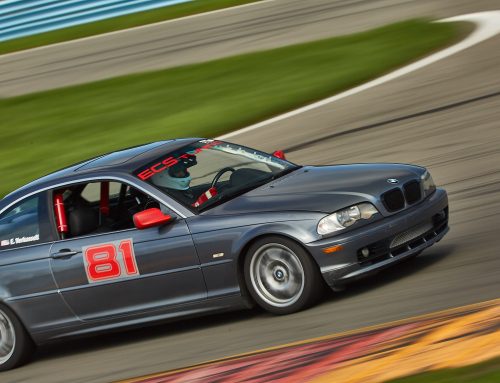The VW MK7 R has been in our hands long enough now that some of its weak points have become clear to owners and enthusiasts. If you’re looking for a second-hand MK7 R, chances are, these issues have already been addressed, but it’s certainly something to look out for and check the service history. Whether your MK7 R has been fixed or not, though, doesn’t mean it won’t have something happen down the road. Here are the common problems found in the MK7 R and how to fix them.
Water Pump
Much like the previous Gen1 engines, the Gen3 found in the MK7 R has a water pump that doesn’t like to last all that long. With signs of a failing water pump ranging from temperature creep to leaking coolant, you can easily tell when the water pump is ready to go. What’s the fix? A new water pump, dummy! But that’s not all. With the water pump and thermostat housing as part of the same unit, you’ll need both. Our MK7 R thermostat and water pump kit has the parts you need. Unfortunately, the job is a bit more involved than other water pump replacements. On this engine, you’ll have to remove the intake manifold to access everything. The water pump is driven by a balance shaft gear and has a small belt associated with it, but it should be fairly straightforward. You’ll also need to refill the coolant and bleed the system. If you have access to an air compressor, the Schwaben Coolant Purge and Refill tool makes this job much easier. Check out how to use that in our handy video.
Rear Main Seal
This is a bigger issue, as the rear main seal is much less accessible than the water pump. We suggest replacing your rear main seal when you replace the clutch, as you’ll have the transmission off the engine anyway, but if your RMS is leaking, you will want to address that as soon as possible. The factory replacement will hold up, but the question is, for how long? MK7 R owners report that RMS replacements generally start leaking sooner rather than later, which is less than desirable. The most long-lived option is to replace your RMS with the iAbed Industries billet aluminum upgrade. Naturally, you’ll have to remove the transmission.


DSG Transmission
The DSG transmission option offers fast, engaging, and convenient driving experiences, but the DSG trans isn’t perfect. Mostly, the VW factory isn’t perfect. From the factory, early MK7 R DSG models left the factory with DSG transmissions underfilled. The transmissions were becoming quite hot and acting funky, the fix was filling them all the way. By now, all of these should be addressed, but if you are looking at a 2015 or 2016 model, you should check the DSG transmission fluid level. It’s just as simple as topping it off if you find it is low. We have DSG Transmission fluid here for you, just in case.
IS38 Turbo
Last, but certainly not least, the IS38 turbocharger. From what we’ve heard from owners and our in-house MK7 R experts, the IS38 turbo tends to go bad faster than we’d like. While this primarily applies to cars sporting several bolt-on engine upgrades and performance software, even bone-stock MK7 R examples can experience turbocharger failure. Unfortunately, that means replacing your IS38. We have a few options, including an upgraded version, of IS38 Turbos you can find at ECS.

Wrapping Up
Other than basic maintenance, you’ll find these to be the most common reliability complaints owners voice about their MK7 R. Naturally, you need to keep it serviced for a long and healthy life, but you should be confident that your MK7 R will last. Be sure to check out our article on MK7 R Common Problems for all the major and minor issues you can expect if you’re on the hunt for one of these awesome hot hatchbacks. Of course, we also have all the maintenance items and upgrades you’ll want, too, in our expansive catalog of MK7 parts.






